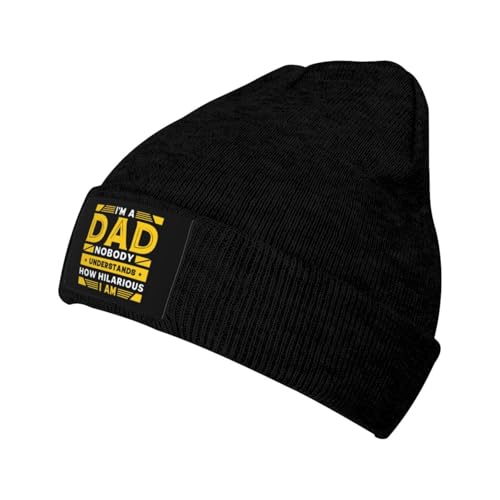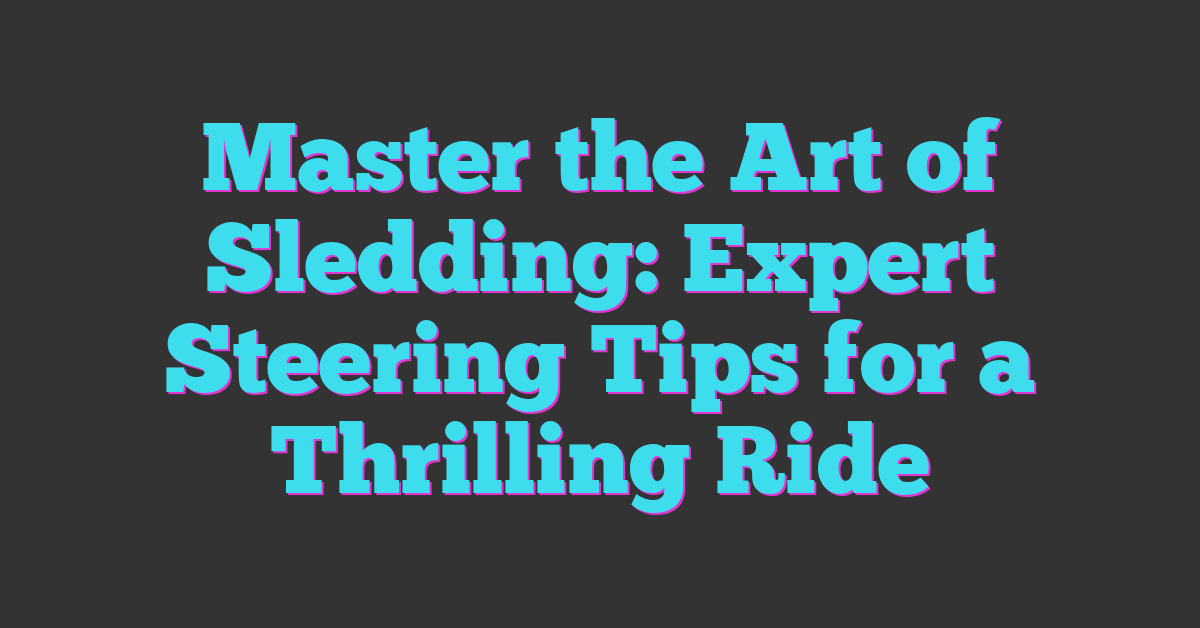Snowboarding is an exciting way to enjoy the winter, but blisters can quickly turn your fun into frustration. If you’ve ever dealt with sore, raw spots after a day on the slopes you know how much they can ruin your experience. Luckily, preventing blisters is easier than you might think.

With the right gear and a few smart tips you can keep your feet comfortable and focused on the ride. Whether you’re a beginner or a seasoned rider, learning how to protect your skin will help you spend more time shredding and less time nursing painful blisters. Let’s dive into simple ways to keep your feet happy all season long.
Understanding Snowboarding Blisters
Recognizing how blisters form helps you avoid them while hitting the slopes. Knowing common causes and the importance of prevention keeps your feet ready for every run.
Common Causes of Blisters While Snowboarding
Friction remains the main cause of blisters, especially between your skin and boot liners. Moisture from sweat makes skin softer and more vulnerable. Pressure points develop where your boots fit too tightly or where your foot shifts. Repeated rubbing during turns and jumps worsens the issue. Poorly fitting boots, old or worn-out liners, and missing or thin socks increase the risk. Cold temperatures can reduce blood flow, decreasing skin resilience and making blisters more likely.
Why Prevention Is Important
Preventing blisters lets you enjoy longer sessions without pain or distraction. Blisters often lead to cuts or infections when popped, causing more downtime. Keeping your feet comfortable encourages better control and confidence on your board. Avoiding blisters also saves money on medical supplies and prevents headaches associated with treatments. Staying blister-free means maximizing your time on fresh powder and challenging trails.
Choosing the Right Gear
Picking the right gear makes a huge difference in preventing blisters while snowboarding. Your boots and socks work together to protect your feet by minimizing friction and pressure.
Selecting Proper Snowboarding Boots
Start with boots that fit snugly without being tight. Your heel should stay locked in place to avoid rubbing, and your toes should have slight wiggle room. Look for boots with quality liners that mold to your feet over time, reducing hotspots. Remember, stiff boots offer better support but may cause pressure points if they don’t fit well. Try boots on with the socks you plan to wear, and move around in them to spot any uncomfortable areas before buying.
Importance of Quality Socks for Snowboarding
Choose socks designed specifically for snowboarding or skiing, made of moisture-wicking materials like merino wool or synthetic blends. They keep your feet dry, cutting friction that causes blisters. Avoid cotton socks; they hold moisture and increase blister risk. Thin socks may cause your boots to fit loosely, while overly thick socks can create pressure points. Aim for socks that provide light cushioning in key areas such as the heel and ball of your foot, where blisters often form.
Preparing Your Feet Before Snowboarding
Taking care of your feet before hitting the slopes sets the foundation for blister-free snowboarding. You can reduce friction and pressure by preparing your feet properly in advance.
Pre-Snowboarding Foot Care Routine
Start with clean, dry feet before putting on your boots. Exfoliating dead skin with a pumice stone lowers the chance of blisters forming on rough patches or calluses. Moisturize your feet the night before but avoid applying lotion right before boarding to keep skin from becoming too soft. Trim toenails straight across to prevent them from pressing uncomfortably inside your boots. Finally, warming up your feet with gentle stretching or light movement helps increase circulation and reduce tightness once you strap in.
Using Protective Tapes and Liners
Apply specialized blister prevention tape or kinesiology tape to common trouble spots like heels and toes. These tapes create a low-friction barrier that shields skin from rubbing against boot liners. If you prefer, thin gel liners offer extra cushioning to ease pressure points inside your boots. Place toe caps or padded inserts in spots where fit feels tight. Layering up with these protective measures before strapping your boots on reduces friction significantly and lets you ride longer with comfort.
Tips for On-the-Mountain Prevention
Staying blister-free while snowboarding means adjusting and managing conditions on the go. These simple but effective tips help keep your feet comfortable and ready for every run.
Adjusting Boot Fit During the Day
Check your boot fit routinely during breaks to catch any tight spots or looseness early. Loosen your laces slightly if your feet start feeling numb or pins-and-needles to improve circulation without sacrificing support. Tighten them if your heel begins to slip, causing friction at the back. Use your fingers to press around the boot liner, locating any pressure points that need adjusting. You can also slightly reposition your socks or foot inside the boot to even out pressure distribution. Reacting promptly to fit changes stops friction before blisters can form.
Managing Moisture and Sweat
Wick sweat away continuously by choosing high-performance moisture-wicking socks that dry quickly and keep your feet warm. Change into a fresh, dry pair during lunch or mid-day breaks if possible. Invest in boot dryers or use hand warmers inside your boots during stops to reduce dampness. Avoid cotton socks which retain moisture and increase friction. If your feet feel clammy, briefly remove boots when resting to air them out and let moisture evaporate. Keeping your feet dry is key to preventing the softening of skin that easily blisters under pressure from snowboarding boots.
Aftercare for Snowboarding Blisters
Taking care of blisters properly after you hit the slopes keeps your feet healthy and ready for your next run. You can ease discomfort and speed healing by following simple aftercare steps.
How to Treat Blisters Properly
Start by cleaning the blister gently with warm water and mild soap to prevent infection. Avoid popping the blister since the skin acts as a natural barrier. If the blister is large or painful, protect it with a sterile blister bandage or padding made for sports activities. Keep the area dry and change the dressing daily. Use breathable socks and avoid tight boots while your blister heals to reduce friction further. If the blister pops on its own, clean the area, apply an antibiotic ointment, and cover it with a fresh bandage to keep out dirt.
When to Seek Medical Attention
Watch for signs like increased redness, swelling, pus, or intense pain around the blister—these could indicate infection. If you develop a fever or the area feels warm to the touch, see a healthcare professional promptly. Also, seek medical help if a blister forms on deeper layers of skin or if you have underlying health conditions such as diabetes that affect healing. Getting treatment early prevents complications and ensures you get back on your board faster.
Conclusion
Taking care of your feet before, during, and after hitting the slopes makes all the difference in preventing blisters. With the right gear and a few simple habits, you can keep discomfort at bay and focus on enjoying every run.
Remember, a little attention to fit, moisture control, and foot care goes a long way. When your feet feel good, your confidence and performance will naturally improve.
So get out there, stay comfortable, and make the most of your snowboarding adventures!














